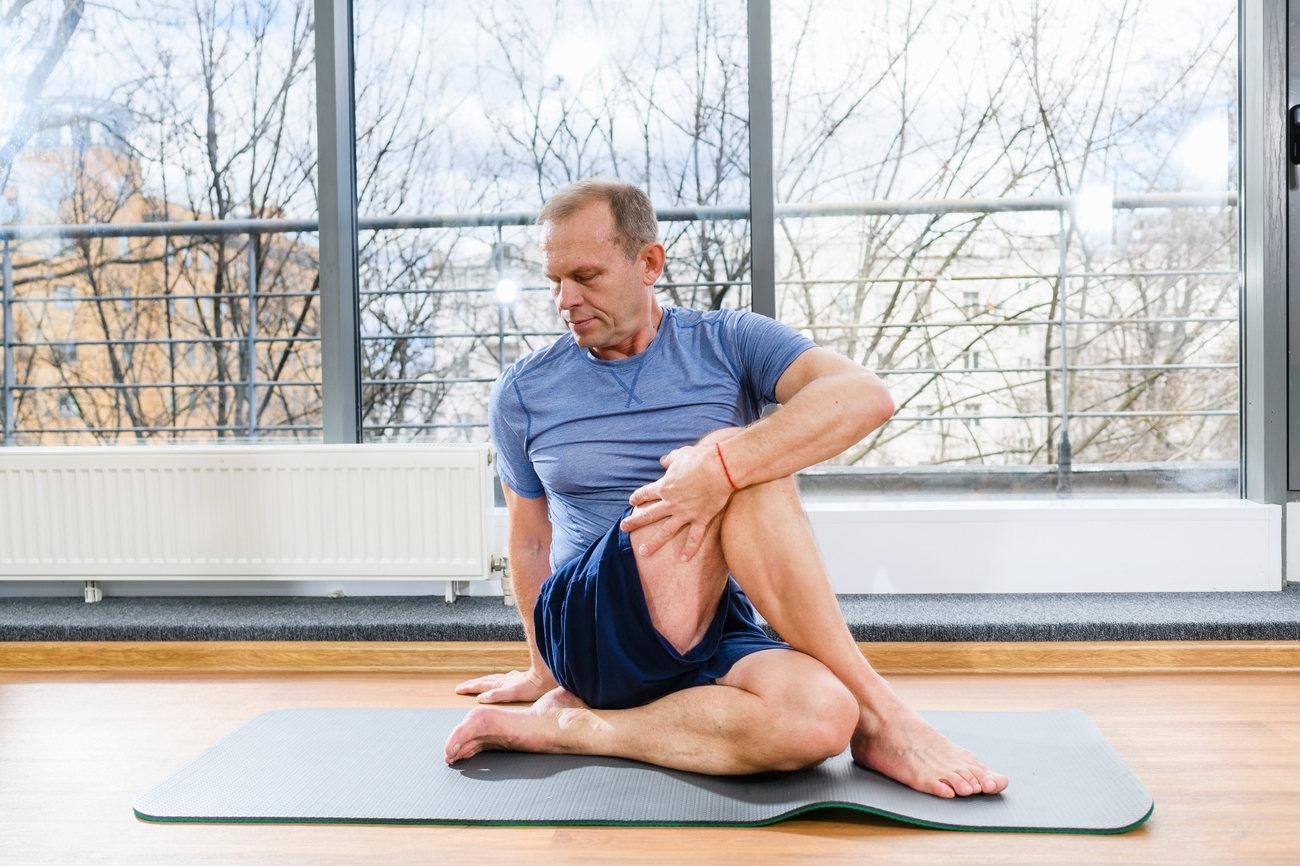The Causes, Symptoms and Treatment of Upper Back Pain

This article has been medically reviewed for accuracy
Ankle pain includes discomfort or pain in any area of the ankle, stemming from a range of potential causes. Depending on the specific cause, you may experience pain, stiffness, swelling, or difficulty bearing weight in and around the ankle region.1
Most ankle pain gets better with rest, ice and over the counter (OTC) pain medication.1
Just like any joint or muscle pain, ankle pain can stem from various injuries and conditions. Some of the most common injuries leading to ankle pain include1:
Find out more: Ankle Pain: Causes, Symptoms and Treatment
Here are five effective ways to relieve ankle pain at home:
The R.I.C.E. method can be used to relieve ankle pain. It includes four key components1:
Related article: 6 Ways to Relieve Pain from a Sprained Ankle
Topical pain relief products, like the Biofreeze range, can help with fast-acting relief for muscle and joint pain.2
For ankle pain, the Biofreeze Pain Relief Aerosol Spray is a great choice as it offers cold therapy pain relief for sore muscles,3 with a continuous flow (even when upside-down) making it easy to apply on hard-to-reach areas like the ankles.
Try not to put too much weight on the affected ankle. You could put on an ACE bandage or wear a brace to support the joint. You could also use crutches or a cane to take weight off the sore ankle.5
One way of easing ankle pain is to perform gentle stretches. Be extra cautious, especially if you’re trying to manage pain from an ankle sprain, or due to an injury. It’s always best to consult a physical therapist.
Your physical therapist can create a plan of gentle exercises that will help you to improve flexibility and strengthen the muscles in your ankle.1
Mind-body approaches help to change our awareness of pain and retrain our pain response.4 Relaxation techniques like meditation or deep breathing can help to change our perception of pain intensity.4 For example, focusing on breathing and taking deep breaths quiets the mind and induces the relaxation response, a well-studied physiologic response that counteracts the stress response, and may lessen pain severity.4
It is important to contact your healthcare provider if 1,5:
This article has been medically reviewed for accuracy


Easy Application
Easily Covers Small & Large Areas
Targeted Relief
Overnight Relief with Lavender scent
Long Lasting
Easily Covers Small & Large Areas

